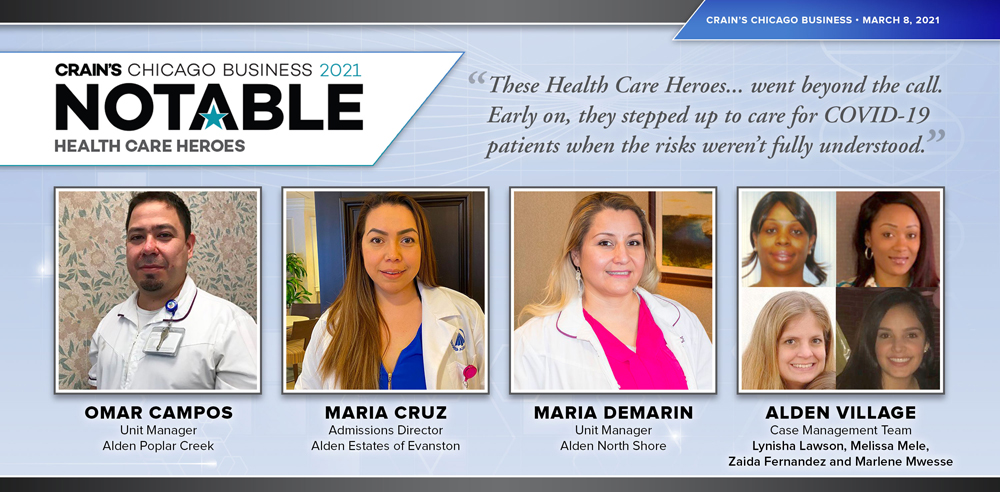Know the Symptoms of Blood Clots

As we learn about the long-term effects of COVID-19, there is a new complication to consider. According to an April 6, 2022, study published in The BMJ, COVID-19 causes an increased risk of blood clots in the veins for three months after infection, as well as raising the risk of blood clots in the lungs for six months.
No matter the cause, blood clots are a serious health problem. The Centers for Disease Control and Prevention (CDC) says that each year, 900,000 people are affected by blood clots in the veins (deep vein thrombosis) and lungs (pulmonary embolism). These blood clots can cause illness and disability, and cause 100,000 deaths each year. Prompt treatment could save many lives, but many people are unfamiliar with signs that mean they should seek medical help right away.
Deep vein thrombosis occurs when a blood clot forms in a large vein, usually in the lower leg, thigh, pelvis or arm. This clot can cause temporary or permanent damage to the vein where it forms. And if a clot breaks free and travels through the bloodstream into the lungs, it can result in a pulmonary embolism, a blockage that can be fatal.
Almost anyone can experience a deep vein thrombosis. It is more common as we grow older, and certain other factors also increase the risk:
- Injury to a vein caused by a fracture, muscle injury or major surgery
- Chronic illnesses such as heart disease, lung disease, cancer and its treatment, and inflammatory bowel disease
- A personal or family history of deep vein thrombosis
- Increased estrogen from pregnancy or certain medications
- Obesity
- COVID-19—especially a severe case.
Immobility is another risk factor
This might occur when a person is confined to bed after surgery or an illness, or after sitting for a long time, as happens on a long-distance plane trip. A study from the University of Michigan even showed that devoted video gamers—young or old—are susceptible to what study author Dr. Steven Kronick calls “gamers thrombosis.” According to Dr. Kronick, “Gaming can be distracting and the hours can just melt away. Prolonged sitting is a risk factor for developing blood clots. It doesn’t matter if you’re sitting on a very long air flight or on your living room couch. It’s the same mechanism.”
Awareness saves lives
When treatment for a blood clot begins right away, patients often can avoid permanent damage to the affected vein and limb. So it’s important to know the symptoms, which m might include swelling, pain, tenderness and redness of the skin in the area of the clot. Some patients describe the sensation as feeling like a pulled muscle or “charley horse” that doesn’t go away. The skin may feel warm to the touch. See your doctor right away if you experience these symptoms. Treatment can reduce or prevent damage to the affected area—and also could prevent the clot from moving to the lung and causing a pulmonary embolism.
Pulmonary embolism is extremely serious. Indeed, according to the CDC, “Sudden death is the first symptom in about 25% of people who have pulmonary embolism.” As with deep vein blood clots, being aware of the symptoms and getting prompt treatment for pulmonary embolism increases a patient’s chance of survival and full recovery. Seek immediate medical care if you experience these symptoms:
- Shortness of breath or difficulty breathing
- Chest pain or discomfort that worsens with breathing
- Faster-than-normal or irregular heartbeat
- Coughing up blood
- Very low blood pressure, lightheadedness or fainting
Lowering the risk
If you have any of the known risk factors, talk to your doctor. Following an all-around healthy lifestyle is the first step to lowering the risk. Get plenty of exercise and maintain a healthy weight. Follow your doctor’s recommendations for prevention, such as medications or wearing medical compression stockings.
And what about those long plane rides? The CDC says to wear loose clothing on the flight, get up and walk around if you can, and periodically do this set of exercises:
- Raise and lower your heels while keeping your toes on the floor.
- Raise and lower your toes while keeping your heels on the floor.
- Tighten and release your leg muscles.
Source: IlluminAge with information from the Centers for Disease Control and Prevention, The BMJ, and the University of Michigan.
The information in this article is not intended to replace the advice of your health care provider. Talk to your doctor about risk factors, prevention, diagnosis and treatment of blood clots, and report symptoms right away.


